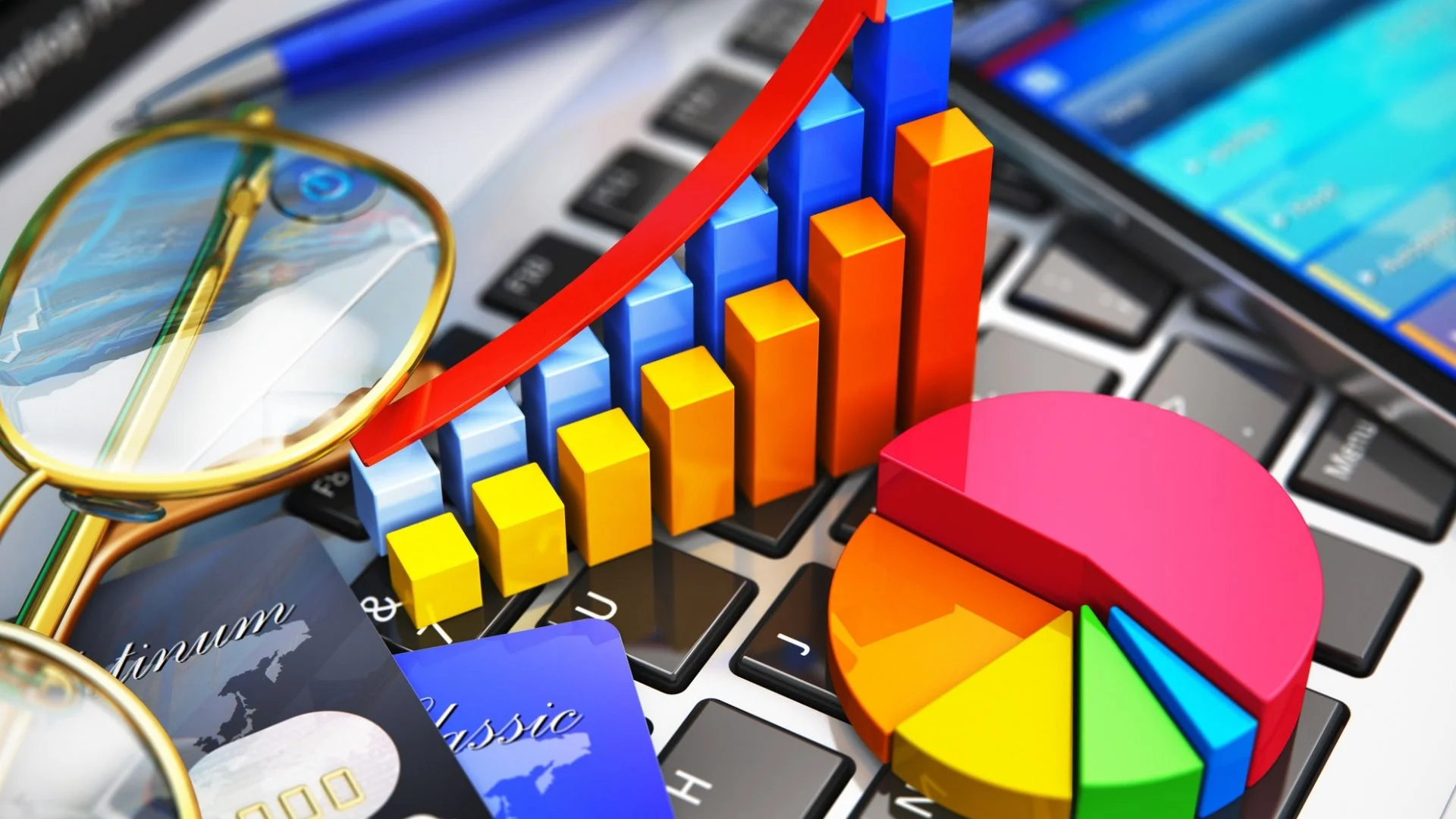We bring you 10 technological trends with which to generate great impacts within the point of sale. Facilitate the work of manufacturers and distributors and position your brand in the minds of your consumers. Discover new ways to differentiate yourself from the competition.
Towards digital transformation!
Before getting into the subject, it is important to note that the retail world is undergoing an unprecedented reconversion. And who is causing all this? Digital transformation.
The point of sale has to adapt to the new market needs. We find a new customer model that is no longer satisfied with the traditional sales model, new formulas and relationships between seller and consumer, the emergence of the online store and a long list of technological changes.
10 technological trends for Trade Marketing
1. Omnichannel: the sum of offline and online
The retail sector cannot be understood without a good strategy that combines offline and online. Our customers move in an environment that mixes both channels, choosing one or the other depending on their needs. The company must adapt to this new social vision and make decisions taking into account the new consumer preferences.
We are talking about omnicanality, the new formula for business success. With this, the false belief that online will end up replacing the physical store is broken. We find a union that strengthens and opens new sales channels, giving added value to the brand.
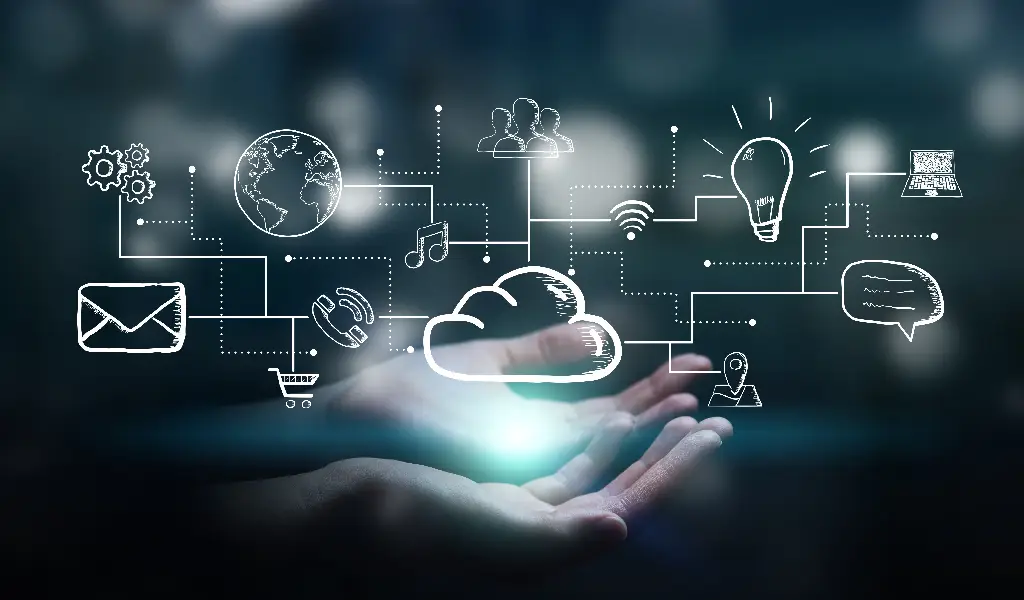
An example of omnichannel is found in the Inditex model:
Let's take the case of a Saturday afternoon when you go shopping. You pass in front of the Oysho shop window and remember that you saw in their online store a pair of pajamas that you liked. You go in and choose several models, among which is that model. You try them on and wow, just the size you need isn't there. what do you do now?
Don't worry, right away you have a sales clerk with her tablet looking for that model in the store. Oops, it's not there. But don't worry because she's already looking in the catalog and it turns out that a store in Barcelona does have it.
She asks you if you prefer to pick it up in store in which case you'd get the customer to spend more time at the point of sale, which translates to a greater chance of purchase-or, on the contrary, if you prefer to receive it at home -greater convenience for the customer-. Although remember that you could buy it yourself from the online store as well. As you can see you have a wider range of options that, as a customer improve your shopping experience and satisfaction with the brand, achieving greater loyalty.
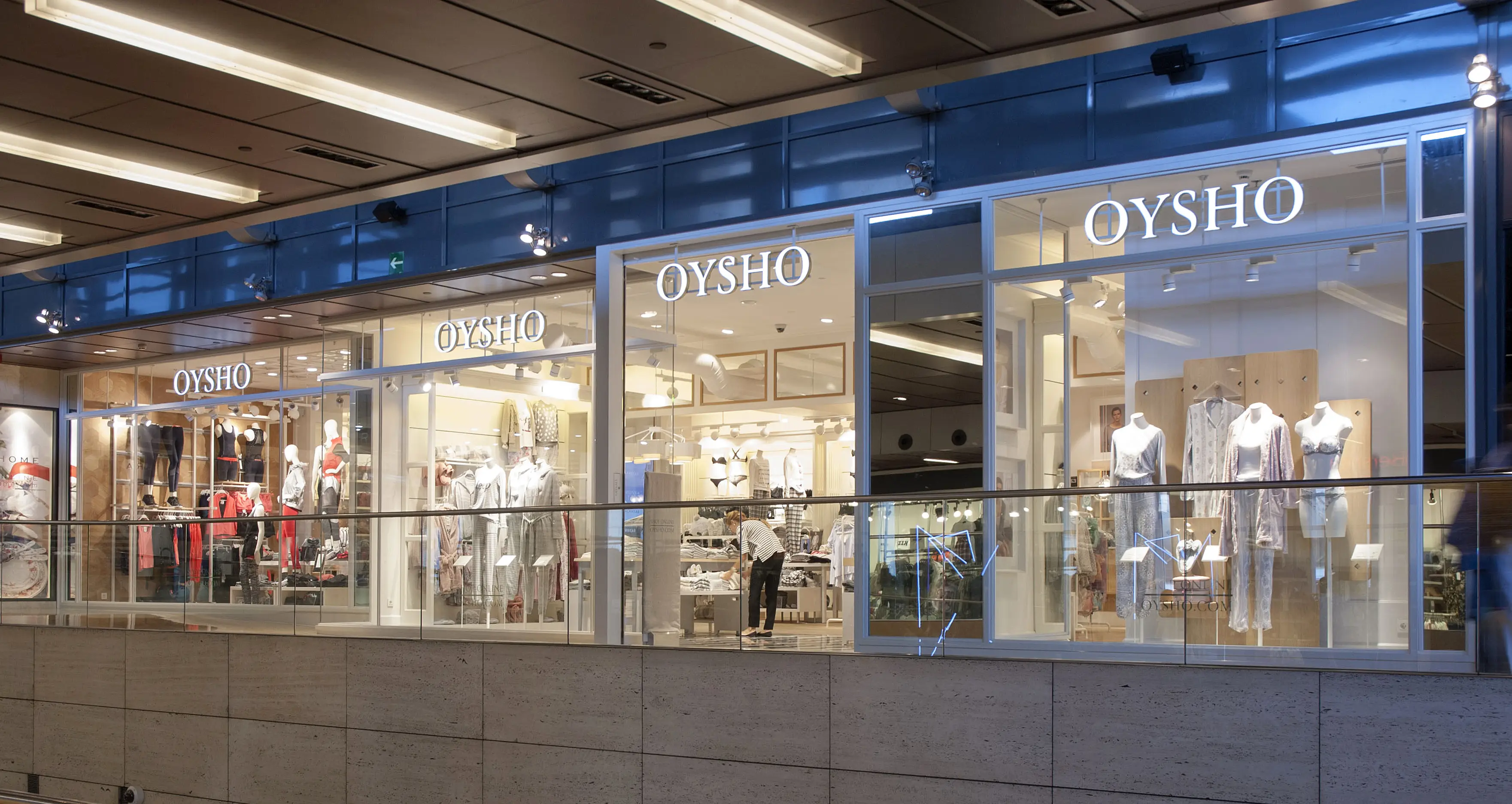
This synergy of actions allows you to bring customers from the online store to the physical store and vice versa. In addition, the possibility of buying on the Internet (website or mobile applications) and picking up at a point of sale or having the sales assistant inform you that a product is available in another store or online is the best example of this increased opportunity.
It is about knowing the customer, placing him/her at the center of any strategic plan, linking the physical space with the digital environment, generating added value that allows greater loyalty, and optimizing commercial processes (logistical, operational, productive, etc.).
2. The Internet of Things (IoT)
What if your sneakers sent you statistics on your performance and progress every time you went for a run? Or if your fridge told you it was running low and it was time to do the month's shopping? You might think it's fiction, however, it's something that's already happening and it has a name: "Internet of Things."
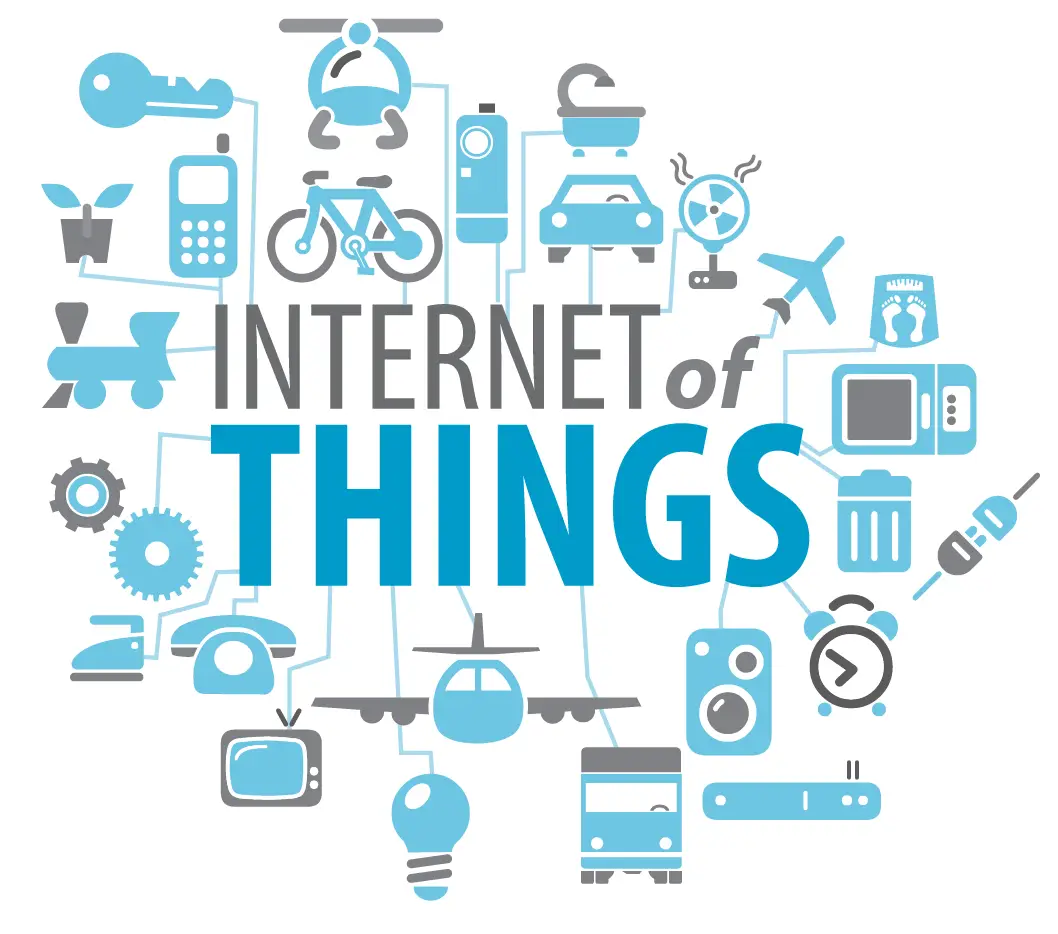
This is a new relationship between objects and humans or between objects themselves. We are talking about a digitization of the physical world in real time. It is a technology that connects all electronic objects through a chip with an RFID (Radio Frequency Identification) system and allows information to be shared. Business intelligence is generated.
It is a very useful system for multiple sectors such as industry. In it, M2M (machine-to-machine) technology is used to optimize processes, monitor functions or predictive maintenance, among others. It is a technology that combines with Machine Learning, Big Data, predictive analytics or the Cloud.
"If a person connects to the network, it changes his life. But if all things and objects get connected, it's the world that changes." Hans Vestberg, CEO of Ericsson
With respect to the retail sector it is very useful for optimizing logistics and supply chain processes. This makes them more efficient and automatic. One example is geolocators in delivery vehicles (remember the example of Oysho). In addition, we can understand consumers' shopping habits and patterns to adapt to their needs.
3. A new way to view product catalogs
As we have seen, companies work to correlate information about the products they have in store and catalog. There are technologies that allow them to keep track and monitor their products, but they are also developing new ways to access and view product catalogs.
Now the user can access the online store catalog and buy from there, but also has the ability to get all the information about the products they are buying. This is a consumer who likes to be well informed and has a great omnichannel offer.

However, new ways to impact the consumer and facilitate the purchase are also being developed, developing online catalogs in Augmented Reality. It consists of making the purchasing process a game, in which the user interacts with our products. The most famous example is the Swedish company IKEA, which in 2017 launched IKEA Place, an augmented reality application to decorate your home through virtual objects.
At DeuSens we have also joined this progress and have developed Project Alice, an AR application by which any company can manage its own product catalog easily and independently, being able to adapt it to its business needs.
And that's as far as the first part of this article goes. In the next post we will review the rest of the technology trends for Trade Marketing. Stay tuned!
SIMILAR CONTENT
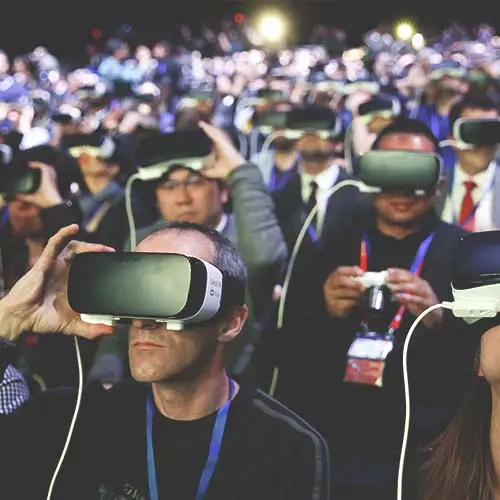
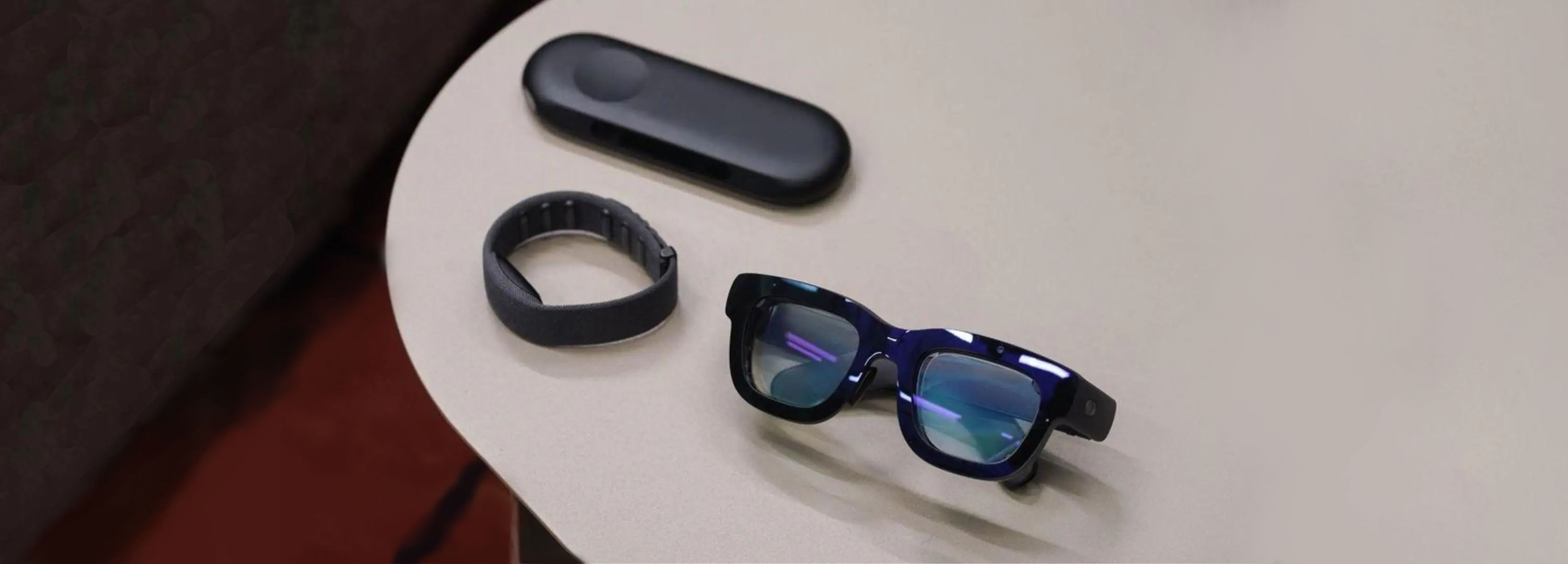
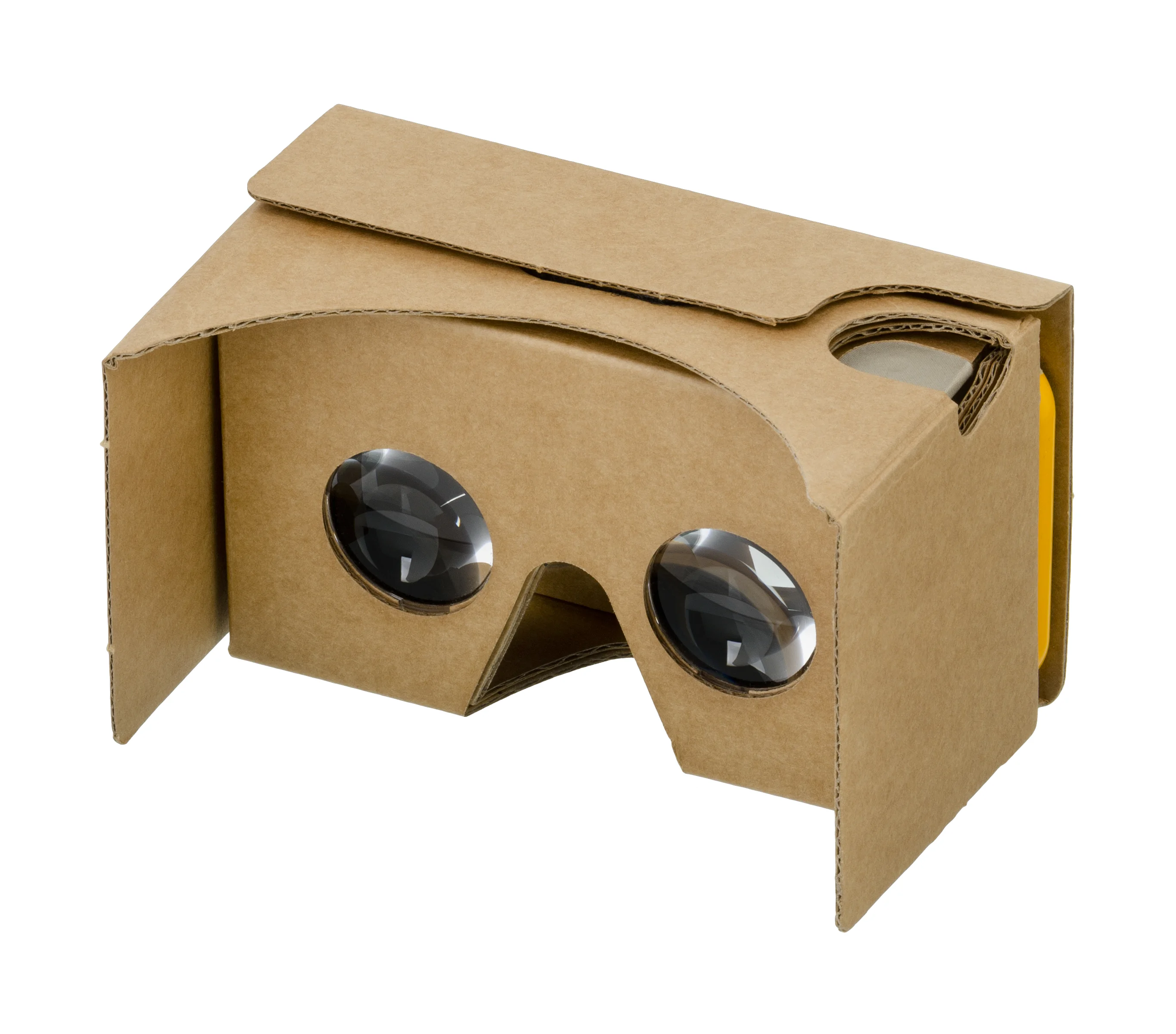









 RETURN
RETURN
